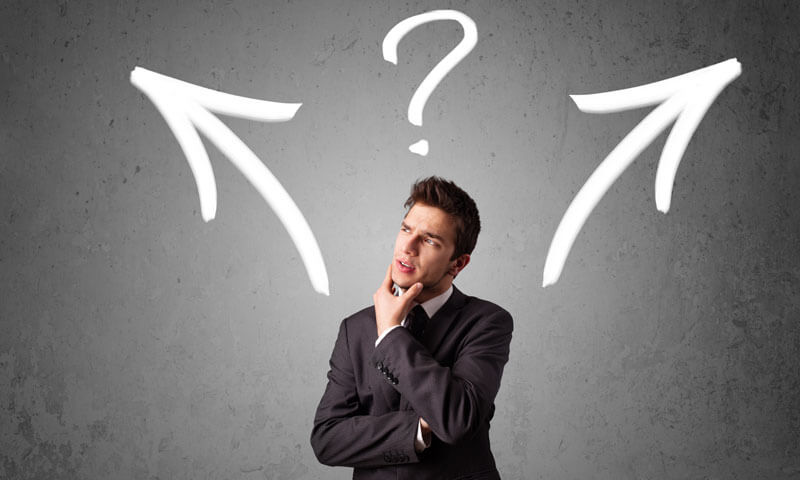
The new regulation bans activities “that involve the communication or expression of views or grievances, engaged in by one or more persons, the conduct of which is reasonably likely to draw a crowd or onlookers.” In simple words, any kind of demonstration including picketing, speech making, vigils, religious services and whatever can draw a crowd is banned.
However, the Supreme Court Plaza remains open to the public and for “casual use by visitors or tourists that is not reasonably likely to attract a crowd or onlookers.”
While invalidating the 1949 law as overbroad on Tuesday, U.S. District Judge Beryl Howell also observed that the marshal of the Supreme Court “has the authority to prescribe necessary regulations to govern the plaza.” An observation the marshal acted upon immediately.
The revised Regulation 7 is effective from Thursday.
Judge Beryl Howell had held the earlier law to be vague enough to prevent tourists gathering on the plaza for a group photo.
Virginia based Rutherford Institute, which had supported the plaintiff in the original lawsuit challenging the 1949 law criticized the new regulation.
John Whitehead, president of the Rutherford Institute said “If you believe in free speech, the First Amendment’s really clear: You have a right to petition your government peacefully to redress grievances.”
The original plaintiff in the lawsuit, Harold Hodge, who had been handcuffed and arrested for holding a placard on the Supreme Court Plaza, has expressed his intentions to picket on the plaza again, and Rutherford Institute would challenge the new regulations if Hodge is arrested.








































